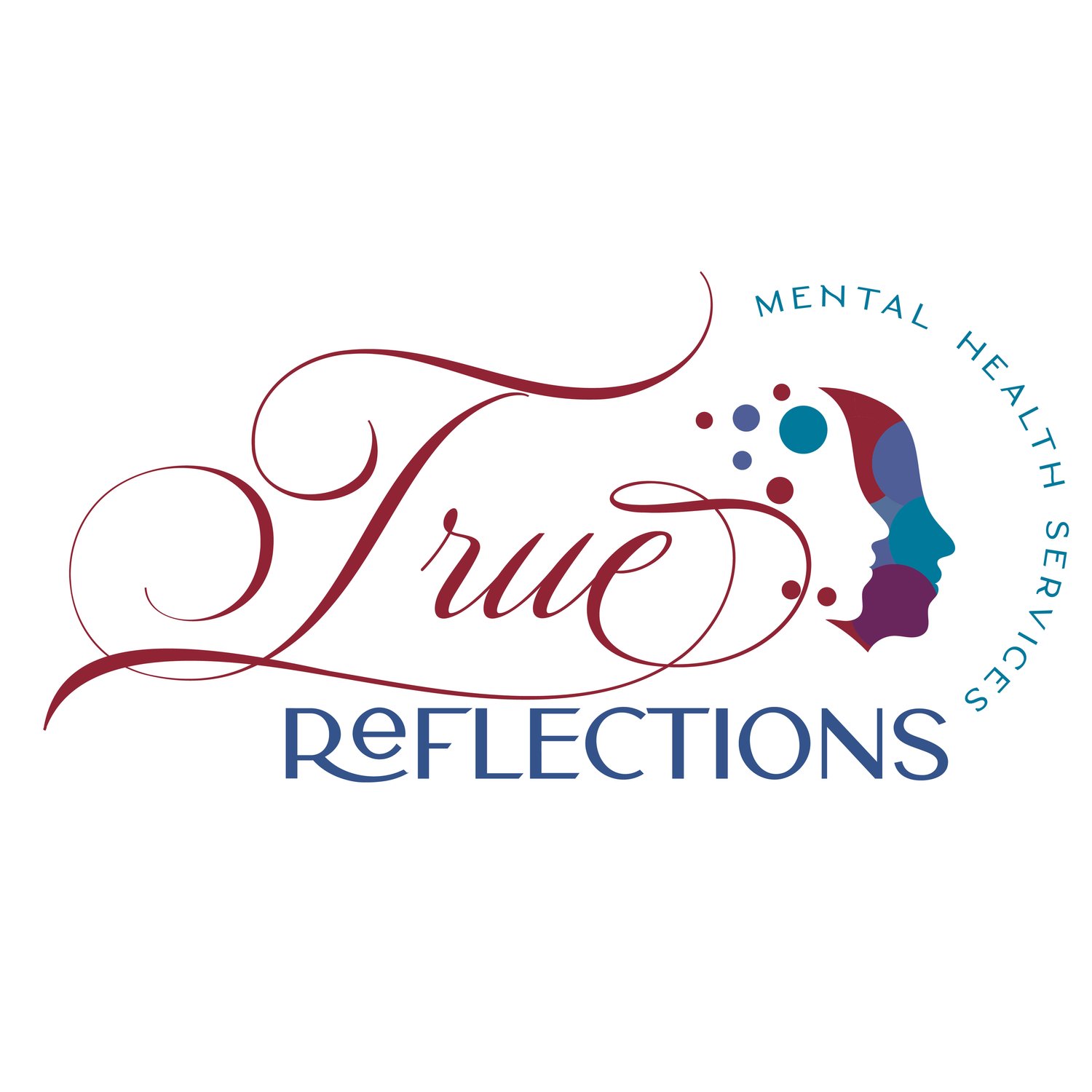
Safe and Sound Protocol (SSP)
The Safe and Sound Protocol (SSP) is a non-invasive auditory intervention designed to improve emotional regulation and resilience. Developed by Dr. Stephen Porges, a renowned expert in the field of polyvagal theory, The Safe and Sound Protocol (SSP) utilizes the power of music and sound to support nervous system regulation. This therapeutic protocol is based on the understanding that the nervous system plays a pivotal role in shaping our emotional responses and overall well-being.
HOW DOES THE SAFE AND SOUND PROTOCOL (SSP) WORK?
The Safe and Sound Protocol (SSP) involves listening to specially designed auditory exercises through headphones. These exercises are engineered to stimulate the middle ear muscles, which, in turn, engage the vagal nerve and enhance the regulation of the autonomic nervous system. By doing so, SSP helps the client move towards a state of physiological calmness, which can be especially beneficial for children and perinatal mental health clients who may experience heightened stress, anxiety, or sensory sensitivities.
The SSP Process:
Assessment: We begin with a thorough evaluation of your client’s specific needs and challenges.
Customized Protocol: Based on the assessment, a personalized SSP protocol is created for the client.
Listening Sessions: The client will listen to the specially designed auditory program for a set number of sessions.
Progress Monitoring: Regular monitoring and adjustments ensure that the protocol is tailored to the client’s progress and needs.

BENEFITS OF THE SAFE AND SOUND PROTOCOL (SSP) FOR CHILDREN
Emotional Regulation: Children often struggle with emotional regulation, leading to temper tantrums, meltdowns, or heightened anxiety. SSP helps them better manage their emotions and feel more at ease.
Enhanced Social Engagement: Improved social engagement and better connections with peers and family members are common outcomes of SSP therapy for children.
Sensory Integration: The Safe and Sound Protocol (SSP) can be particularly beneficial for children with sensory processing challenges, as it helps them better integrate sensory information and reduce sensory sensitivities.
Language and Communication: The Safe and Sound Protocol (SSP) can enhance language development and improve communication skills, making it a valuable tool for children with speech and language difficulties.
The Safe and Sound Protocol (SSP) Can Help Children with:
Anxiety
Anxiety often stems from an overactive stress response. SSP helps regulate the autonomic nervous system, reducing the hypersensitivity to perceived threats.
By promoting a sense of safety and connection, children are better equipped to manage their anxious feelings and responses.
Trauma
Traumatic experiences can lead to chronic dysregulation of the nervous system. The Safe and Sound Protocol (SSP) can help reestablish balance and mitigate the effects of trauma.
It fosters a sense of safety, enabling children to gradually process and heal from their traumatic experiences.
ADHD
Children with ADHD often struggle with attention and impulse control. The Safe and Sound Protocol (SSP) helps enhance self-regulation and attention.
By improving sensory processing, children can better focus on tasks and manage impulsive behaviors.
Autism
Autism Spectrum Disorders often involve challenges with social engagement and communication. The Safe and Sound Protocol (SSP) helps children connect more effectively with others.
Enhanced social engagement and communication skills are critical for overall development and quality of life for children with Autism.
BENEFITS OF THE SAFE AND SOUND PROTOCOL (SSP) FOR PRENATAL & POSTPARTUM MENTAL HEALTH
Prenatal/postpartum depression, anxiety, panic disorder, OCD, and PTSD are all conditions that can be significantly influenced by dysregulation of the autonomic nervous system. The SSP is emerging as a promising tool to address these conditions by promoting emotional regulation, reducing anxiety, and enhancing overall well-being.
Here's how SSP can help:
Emotional Regulation: SSP helps individuals regulate their autonomic nervous system, reducing symptoms of anxiety and depression. By creating a sense of safety and calm, it can assist those struggling with perinatal mental health challenges in managing their emotional responses.
Enhanced Resilience: SSP promotes resilience to stressors and triggers by increasing vagal tone and improving emotional flexibility. This can be particularly valuable for individuals dealing with perinatal PTSD or panic disorder.
Improved Connection: Perinatal mental health conditions can often lead to social withdrawal. The SSP fosters better social engagement by enhancing one's ability to connect and communicate with others, including their infant, partner, or support network.
Reduced Intrusive Thoughts: For those experiencing perinatal OCD, the SSP can assist in reducing intrusive thoughts and compulsive behaviors by promoting emotional regulation and reducing the body's response to perceived threats.
Trauma Recovery: Perinatal PTSD can be debilitating, but SSP can assist in trauma recovery by helping individuals regain a sense of safety and enabling them to process and heal from their traumatic experiences.
*Video by Unyte Health





